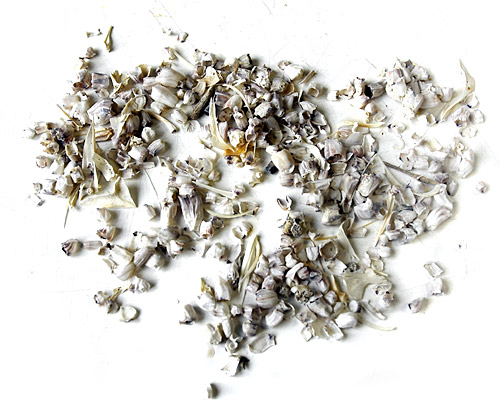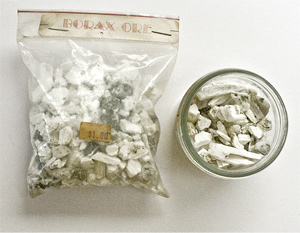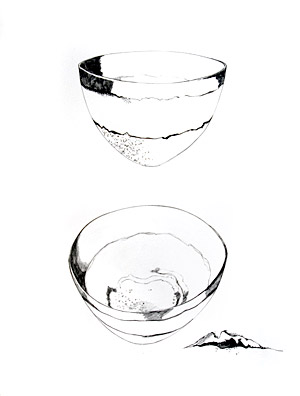Essays
The root of Jennifer Lee’s work is the balance of apparent contradictions - repetition with originality, organic process with scientific inquiry, visual continuity with persistent formal variation. It is this tension that keeps her work taut.
Her pots embody an awareness of an element I’d like to call “deep time.” The term has a specific geological meaning connected with the discovery, starting in the mid seventeenth century, of the earth’s monumental age. But it is also an evocative phrase which perfectly fits both the meaning and method of her work.
Deep time is about strata and slow shift, the elemental movements of the earth’s surface, slow weathering and slow renewal. Her work belongs to this sense of time: the raw elegance of time’s tough progress.
But that is not to say that this work is simply about landscape or geology. Lee resists such easy generalisations. Her work, she insists, is about the specific, the closely observed: “I prefer the close-up to the big view.”
You can see this careful and rigorous attention to the specific in the way in which she approaches her work. In her studio there are oxides, brought back from travels around the world, which stand in carefully labelled jars with references like “borax from Death Valley.” Clear plastic bags, filled with mixes of clay and oxide, are stacked under her workbench, slowly ageing. A bag from 1989, labelled with an exact list of contents, might be used for a pot made in 1993. And hanging in bunches are hundreds of test tiles - experiments with oxides, kiln temperatures, clays.
Her pots embody an awareness of an element I’d like to call “deep time.”This assured knowledge of her material gives her the solid base from which to experiment and push the boundaries of her work. Because she doesn’t use manufactured pigments, which she considers “too dense and dead”, she can confidently create her own. And they mix and react in powerful ways, for example in forming a halo above a copper band, a burst of energy which circles the length of a pot. This is the type of “vibration” she strives to achieve: a visual inter-reaction of elements which gives her work an inner dynamic.
She experiments, investigates and records. She even writes up her results in the form of large colour sketches, swooping and free, which she labels for future reference. This constant probing and monitoring of her own progress is a crucial part of her work, it gives her oeuvre an inner coherence.
But the point of all this attention to detail is not to hermetically seal her work from chance or change. It is the opposite: “you know but you never quite know” she says with a glint in her eye and this is the point - the elements of the pots are controlled but only to a certain degree. Then the part “you never quite know” is left eloquently to speak: a surprising speckle or a band of colour fading into an abraded edge.
On a shelf, she has the blanched and spiny bones of some small fish vertebrae which she found in the Sinai desert a number of years ago. Looking back at her work over the last five years you can trace the slow evolution of the profile of her pots, their gradual stretch and reach. Her work evolves slowly from within. And this gradual, organic development of form is the other side of the coin from the meticulous investigation of material. It is where the physicality of her pots comes into play, the sinewy swoop of a curve or the uplift from the base of the pot to the belly.
You can hear the analogies with the body when she talks about the pots. She uses words like “poise” and “stance” and “neck”. But this comparison doesn’t work in any easy, generalised sense - there is no direct correspondence to human or animal anatomy. Rather it is a tone or an angle or a feel that has been absorbed into the on-going process of her work.
On a shelf, she has the blanched and spiny bones of some small fish vertebrae which she found in the Sinai desert a number of years ago. And it makes sense: there is a stripped-down quality to the pots, the tensile strength of the pared down. The lines are never loose or baggy. They’re honed and refined. And yet, like the vertebrae, these pots aren’t rigid; they suggest the agility and suppleness of life.
In fact, this is what bone and pot share the most; both suggest a larger form, a surrounding aura, an extension of space. This is deep time at work, an attention to the archaic and the elemental. Jennifer Lee’s work taps into this sense of time and form. It is there for us to see.
©1993 Adam Levy





